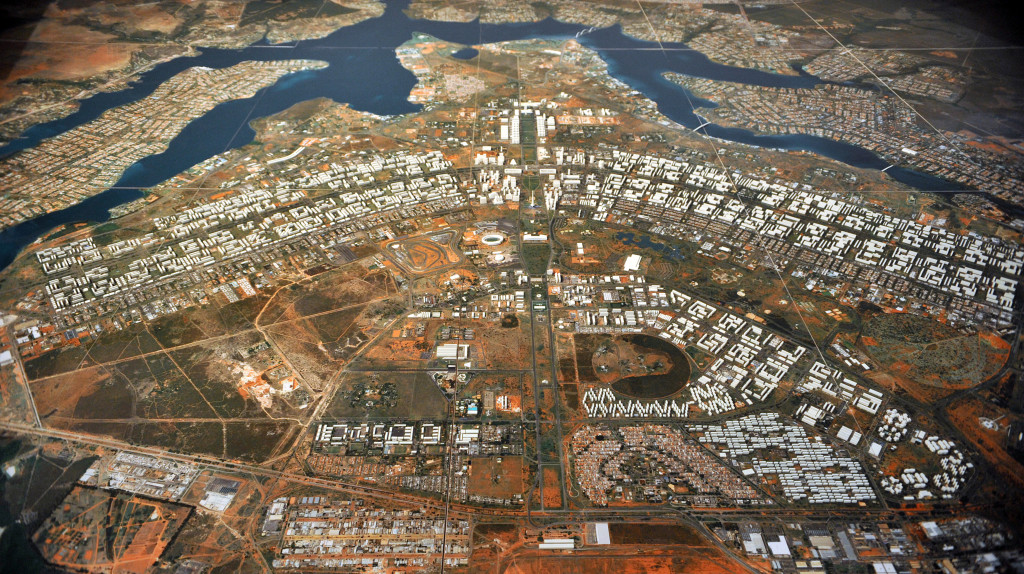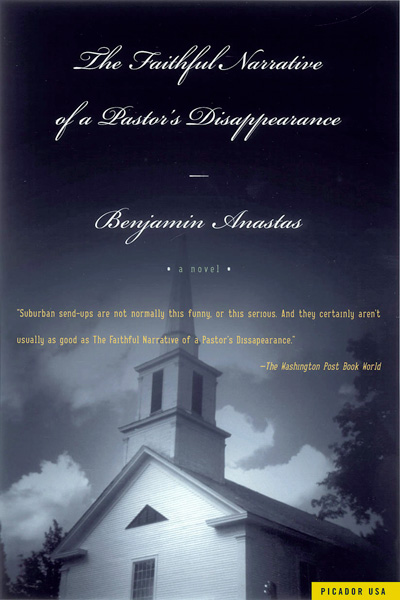
“I know how to die. I have been dying since I was little. And it hurts but we pretend it doesn’t. I miss God so badly.”
Clarice Lispector, “Brasília: Five Days,” translated by Katrina Dodson
I’ve been a writer and a semi-regular book critic for long enough now that I rarely meet a piece of writing that I can’t classify, pretty much immediately, under one of the existing literary forms. What does it mean? I can struggle over this question—and the more struggle the better, I think—for as long as I have an ongoing relationship with something that I’ve read. Do I think it’s any good? I’m rarely won over slowly, especially when it comes to more literary writing; I don’t need love at first sentence, but I do need to detect a spark of life from the outset that promises a re-ordering of the reader’s expectations. Some evidence of things unseen, as the famous line of scripture goes. Why keep on reading if the only promise a book holds within its covers is to reveal the author’s design in a mind-numbingly literal way? (This is why I’ve never been able to enjoy Ian McEwan. Sorry, but to me his fiction is overly plodding and determined to death at the writing desk.)
For the last month or so, while working on a review of The Complete Stories by Clarice Lispector, the visionary Brazilian writer who’s in the midst of a revival in the U.S., I’ve been captivated by the strangeness of her work, the difficulty it presents to anyone who approaches it—out of laziness, or reflex—with a binary, “either/or” mindset. Lispector is a writer who used metafictional techniques from her earliest stories onward that Robbe-Grillet and the other practitioners of the nouveau roman thought they had invented—but she was nothing like a doctrinaire post-modernist. She diagnosed the symptoms of “the problem that has no name” in her well-heeled female characters (again, long before Betty Friedan’s The Feminine Mystique appeared in the U.S.)—but there’s little else that makes her work overtly feminist. Her novels are essentially plotless, almost exclusively interior, and they have more in common with Hermann Hesse than they do with the writers of the Latin American “Boom” (García Márquez, Fuentes, etc.), a movement that coincided with the years of her greatest fame in Brazil. Then there are the pieces of her writing that are almost undefinable, like the twin crônicas Lispector wrote in 1962 and 1974 after visiting Brasília, the Modernist insta-Capital dreamed up by urban planner Lúcio Costa and populated with mirage-like landmark buildings by the architect Oscar Niemeyer.
There wasn’t enough space in the review to talk about Lispector’s Brasília essays—I’m calling them “essays” out of default; they’re really more like prayers-in-prose, or prophetic language hallucinations—and since I still don’t know what they are, really, aside from being fucking brilliant in every way, I thought I would try and get closer to the bottom of them here.

This is Brasília as it looks from above today; you can see the playful, airplane-inspired shape of Costa’s master plan, which is both an homage to the Jet Age (the city was built, from scratch, between 1957 and 1960) and a reference to the means of transport that made the everyday workings of a capital deep in Brazil’s interior possible. Costa’s plan for Brasília, a lynchpin of President Juscelino Kubitschek’s larger “Plano de Metas” to modernize the country under new and more progressive Socialist ideals, was based on the principles for the “functional city” that Le Corbusier and others set forth in The Athens Charter (1933). The Machine Age, Le Corbusier believed, had brought “chaos” to the city by causing overcrowding, unsanitary living conditions, and putting automobiles on roads meant for foot traffic, carriage horses, and mules. Slums had taken over the historical city centers, workers lived in the shadows of smoke-spewing factories, and wealth had concentrated in the greener, more desirable precincts.
The solution was a purely rational urban plan that recognized the four “functions” of the city—dwelling (that is, housing); recreation; work; transportation—and brought them into better harmony. Residential towers that saw no distinction between rich and poor would be optimally placed, surrounded by buffer zones of open green space that let in sunlight and fresh air; plenty of parks, forests, beaches and sports complexes would provide the population with a respite from the built environment; long commutes from the suburbs to the workplace would be eliminated; arteries would be built for the necessary cars and trucks, while pedestrians moved on segregated walkways. “The city,” the Charter read, “should assure both individual liberty and the benefits of collective action on the spiritual and material planes.”
Clarice Lispecter, a devout individualist who scaled the spiritual plane to the apex about as often as she must have gone to the supermarket, was the perfect writer to decode this new utopian capital in the heart of Brazil. Her essays on the city, titled “Brasília” and “Brasília: Splendor” in The Complete Stories, are a kind of travel writing—but it’s inner-travel, rather than the usual tourist sights and exterior descriptions, that interests her. You’ll learn virtually nothing about Brasília that might aid you as a traveler there yourself by reading the essays, but you’ll get a remarkable record of what it meant for Lispector’s soul to encounter the new capital—in free-associative bursts of prose that hang together in a taut succession, like stars in a constellation. (“Stars, starts, I pray,” Lispector wrote in her novel Near to the Wild Heart. “The word splinters between my teeth into fragile shards. Because the rain does not fall inside of me. I want to be a star.” Translation by Alison Entrekin.)
Lispector’s first essay on Brasília, written in 1962, when the city was still blindingly new, opens by comparing its creation to the most audacious creative stroke of all: when God made the world. It is an audacious opening gambit in its own right, matching the monumental ambitions of the State’s project and returning it to scale. Lispector writes,
Brasília is constructed on the line of the horizon. Brasília is artificial. As artificial as the world must have been when it was created. When the world was created, a man had to be created especially for the world. We are all deformed by our adaptation to the freedom of God. We don’t know how we would be if we had been created first and the world were deformed after our requirements.
The opening statement, “Brasília is constructed on the line of the horizon,” places the city at a forever-like distance. It is a mirage on the horizon, shimmering there, like one of Marco Polo’s fanciful iterations of Venice in Calvino’s Invisible Cities. (A novel that wouldn’t appear in Italian until 1972.) From the very outset of the essay, then, Brasília is unreachable. It will never be found by the traveler—maybe I should call Lispector a “pilgrim” instead—despite all the subsequent language devoted to the task of finding it. It is the God who never appears. “Brasília is artificial.” This is Lispector’s next declaration. It records the simple fact that the city has been planned and seeded out of nothing; one of the goals behind the theory of the rational city was to “de-familiarize” the city as an entity, to make it strange again. Lispecter knew and understood this. But then she took Costa’s de-familiarization one leap further: “As artificial as the world must have been when it was created.” She creates a parallel between the State’s planting of a new capital deep in the rural interior, complete with a Modernist Brazilian National Congress building and a palace for the President, with God’s creation of the world—the same world that we use as the basis for all of our material facts. Does this parallel make our world less stable, or Brasília into a monumental folly? The folly of men who bungle their way into doing God’s work? Lispector only takes us deeper into the mystery of Brasília with the lines that follow about God’s freedom and man’s contortions to adapt to Him. Brasília is a kind of revolt against God’s sovereignty, and yet we are supplicants, not makers, so we are never quite at home in the little Worlds we create. The city is human Creation.
I’m not going to play the spoiler here and rob anyone of the pleasures that Lispector’s Brasília essays offer to a first-time reader by quoting them at length or analyzing them any further. They are wholly singular pieces of writing, about a city made of curves and upturned bowls and perfectly symmetrical concrete towers that unsettled and inspired one of the least rational major writers of the 20th Century. “I know there is a hidden hour,” Lispector wrote, “when manna descends and moistens the lands of Brasília.” That hidden hour arrives when you start the essays and enter a mind that wasn’t governed by the very man-like worship of all that can be measured.








